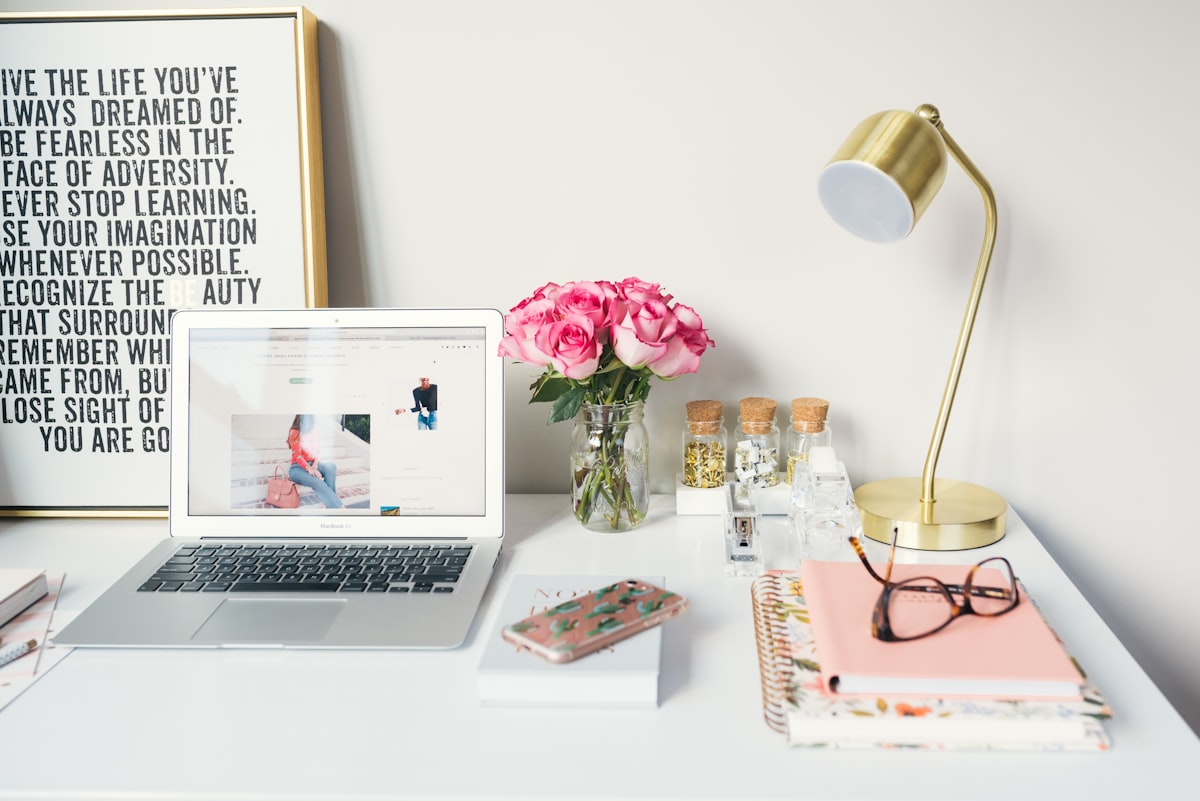There are many debates currently raging around AI and the ways it has been used to violate IP laws. This was recently illustrated very clearly with the release of a track including the voices of Drake and The Weeknd. These are the top two artists for the largest record label on earth, Universal Music Group (UMG). The track "Heart On My Sleeve," created by TikTok creator Ghostwriter977, went viral with 275,000 YouTube plays and 625,000 Spotify plays before being removed. How do we address use of voice from an IP perspective? Asking for artists everywhere.
Name Image Likeness plus Voice?
Their voices were masked over an AI-generated song emulating the vocal styles of these artists, in direct violation of NIL and IP owned by UMG. One observer, Audiomack’s Head of Revenue, Dave Edwards, suggested on Twitter: “UMG has the toughest copyright team around. You couldn’t pick two artists who are going to provoke a stronger response than [Drake and The Weeknd]. Suspect they’ll drop the hammer on whatever distributor put this on Spotify.”
In the US, although they vary from state to state, NIL (Name Image Likeness) laws have been in force for many decades, but with the advent of AI, it is time to start looking at ways to add Voice to NIL and/or copyright laws. The question of protecting voices from unlawful use is a complex one. While it's true that voices cannot be copyrighted, there are still certain protections in place to prevent their misuse.
Specific state laws can provide relief for the average person but these vary greatly from state to state in the US. For example, California has passed a law that prohibits the use of deepfakes, which are AI-generated mimicries of one person's face onto another's, during elections to mislead voters. Similarly, Virginia has a revenge porn law that bans the use of deepfakes in pornography. This law received unanimous support in both the State Senate and House.
But what about celebrities? For them, trademarking their voice presents a greater opportunity for success in protecting their voice. According to 15 U.S.C.A. § 1051, the use of a voice could be protected over a variety of categories. However, registering a voice in multiple categories is required, similar to copyrighting a voice. Nevertheless, this does not wholly prevent someone from using another's voice.
Despite this, celebrities still receive the greatest amount of protection. Their use is prevented via the tort of the right of publicity, which allows them to choose how their likeness is used for commercial gain. While these protections may seem adequate, there are still instances where the unlawful use of someone's voice can go unpunished. This highlights the need for more comprehensive and effective measures to protect people's voices from being misused.
AI Consent?
In response, UMG asked for the content to be taken off all DSPs, and issued a statement:
”UMG’s success has been, in part, due to embracing new technology and putting it to work for our artists–as we have been doing with our own innovation around AI for some time already.**




